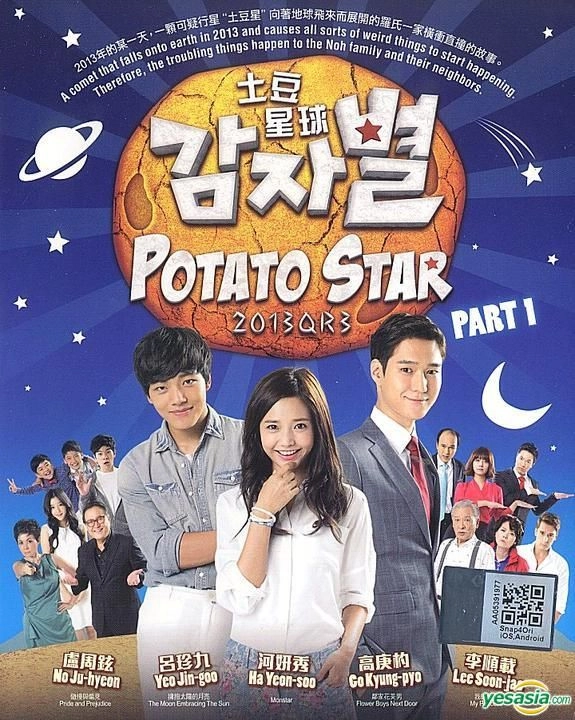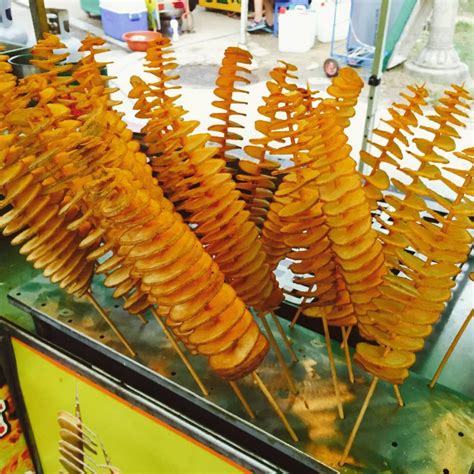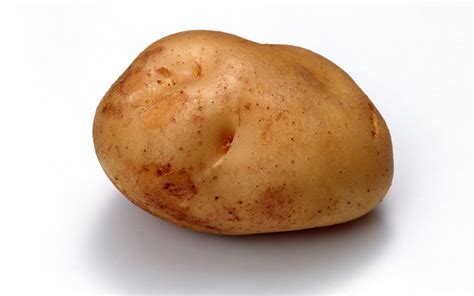In Korea, the potato is a star on its own.
One very average evening after work, I was rummaging through the fridge and cabinets, shuffling aside packets of ramen. Looking for a quick and easy dinner, my hands grabbed a rough round object. It was a bit dusty, and it fit perfectly in my closed palm. After giving it a rinse, it went into the microwave. For 5 minutes that I watched the rotating disk, I expected sad results– something dry, dessicated, and bland. But the brown thing defied my expectations. It was steamy, soft, and fluffy. Even though no butter was added, it was very creamy. For some reason, it tasted more potato than any other potato I’d eaten in my life.
Upon this simple discovery, I hurriedly texted my friend.
“The potatoes in Korea are amazing.”
What about the Korean potato makes it so good? Is it that they come from the mountainous Gangwon-do province? They’re famous for these tubers because they grow better in higher altitudes. Or is it the myth about the potato, tiger, and toad? (I’m sure there is one if you dig 😉 deep enough.)
At a traditional market of Yangyang, Gangwon-do in 2022, we made three attempts to eat Gamja Ongsimi (감자 옹심이), potato ball soup. We were at the most popular restaurant, which always had a long wait. Luckily, the Yang Yang traditional market is quite large and diverse on market days, so we sampled the local products while waiting. Gamja ongsimi is curiously gummy. It’s starchy and chewy. It’s chewy than sujebi, which is typically pulled flour dough. This slightly translucent ongsimi was served with mushrooms, making for a mild base broth along with anchovies and dried kelp. This word comes from Gangwon-do dialect, but is akin to the traditional word for the ball- Saelsim, meaning bird egg because of its small rounded size like a bird’s egg.
For me, growing up in the States, the potato always shined as a supporting role in dishes like my mom’s Beef Stew (Galbijjim– 갈비찜) or Chicken Stew (Dakjjim– 닭찜) because it absorbs the salty bite of acerbic fat. I also remember my grandma’s potato and radish soup, simple and deep flavored.
But in Korea, the potato is a star on its own. Whether braised, stewed, boiled, fried, smashed, roasted, skewered, baked, microwaved, mashed, curled, strung, with or without condiment, as accompaniment or flying solo, the K-Potato is a whole universe worth exploring. For some Korean classics to eat or cook up in the kitchen, check out the dishes and recipes below. And be sure to keep an eye out 😉 for part two of a ten part series on the K-Potato.

Not the Korean drama Potato Star, where “computer programmer Hong Hye-Sung dreams of becoming the Korean Mark Zuckerberg. An astronomical phenomenon occurs.” (Asianwiki)
braised potato (gamjajorim– 감자조림)
https://www.10000recipe.com/recipe/6912533
potato pancake (gamjajeon– 감자전)
potato soup (gamjaguk– 감자국)
potato ball soup (gamja ongsimi– 감자옹심이)
boiled potatoes with kimchi– (끓인 감자와 김치)
https://cookpad.com/uk/recipes/14735286-kimchi-potato
potato rice cake (gamja songpyeon- 감자 송편)
https://guide.michelin.com/kr/en/article/features/regional-variances-songpyeon-chuseok-staple

Can’t leave out potato street food like the Tornado Potato! You can find these on the streets of Myeongdong and some markets like Mangwon Traditional Market




